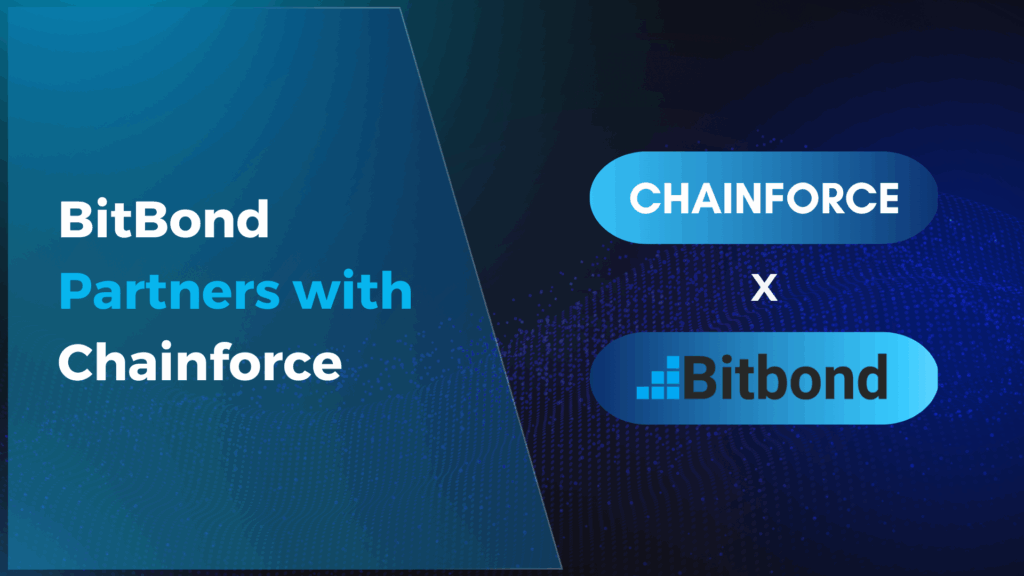Introduction
Polygon, also known as the Polygon PoS blockchain, is a leading blockchain platform that is constantly working to improve the user experience and network stability. One of the ways they are achieving this is through a proposed hardfork to make changes to the protocol. In this article, we will take a closer look at the proposed changes and how they will benefit the Polygon network.
One of the main changes being proposed is to reduce gas spikes on the network. Currently, when the gas usage on the network exceeds or falls below the target gas limits in a block, there can be a significant increase or decrease in the baseFee for transactions. This is because the BaseFeeChangeDenominator is set to 8. The proposal is to change this value to 16, which will help smooth out the rate of increase/decrease in baseFee.
The impact of this hard fork
The reasoning behind this proposal is that while on-chain gas dynamics work well most of the time, there can be problems when the chain experiences high demand. During these times, the base gas fee can experience exponential spikes, which are not normal. This is a result of the EIP-1559 standard and the Polygon PoS chain’s faster block times (~2s).
By increasing the denominator from 8 to 16, the growth curve can be flattened. This means that the rate of change for the base gas fee will fall to 6.25% (100/16) from the current 12.5% (100/8). This is expected to smooth out severe fluctuations in gas prices, making the network more stable for users, validators, and developers.
Overall, the proposed hardfork changes for the Polygon blockchain aim to improve the stability and usability of the network for all users. The upgrade to reduce gas spikes is just one of the ways the Polygon network is working to make the user experience better. As a polygon blockchain user, developer, or validator, this proposed upgrade should be of great interest to you. The polygon blockchain with its unique PoS consensus algorithm and its focus on Ethereum compatibility is already known for its scalability and low cost of transactions, this upgrade is expected to further improve the network’s usability and attract more use cases. The polygon blockchain is definitely worth keeping an eye on in the future.



